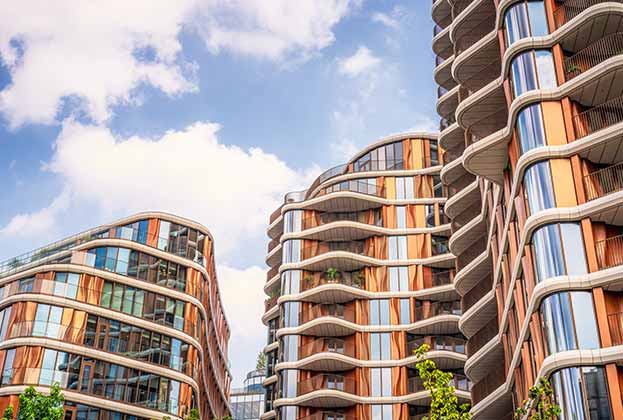Most people have probably heard of the term ‘service charge’ and although the meaning is fairly self-explanatory, what sort of thing does it cover and what should you look out for?
When you own the leasehold of a flat or house you will normally be responsible for the part of the building that you lease, including repairs to internal wiring, plumbing, walls and floorboards. In addition, however, you will usually have to pay a service charge.
These charges are levied by the freeholder, or landlord, who is normally responsible for arranging repairs to shared areas and the outside of the building, such as the roof and drains, and buildings insurance. Service charges can also be used to pay for shared services as well as the maintenance of any amenities the development might offer, such as a concierge, swimming pool or gym.
Your lease should spell out what you are paying for and when, how your freeholder can collect the charges, how they are calculated, and how they are divided between you and any other leaseholders. Charges are usually variable so the amount you pay changes each year. Leaseholders may also pay into a sinking or reserve fund over a number of years, which is set out in the lease. The purpose is to build up a sum of money and therefore spread the cost of expensive works such as structural repairs or external decoration.
While service charges are most commonly payable on leasehold properties, there are some cases when they apply to freehold properties too. Typically this is where there are shared services, such as private roads or drainage, or communal areas. In most cases, a management company will be set up to collect the service charge and organise maintenance.
Further information
Read more: 'In plain English': property jargon explained by the experts
.png)







.jpg)
.jpg)
